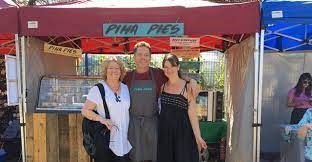
How did Linehouse come about?
I moved from Wellington to Shanghai in 2009 with an opportunity to work for the international Architectural practice, Neri & Hu. I chose China, as I felt it was evolving rapidly. Shanghai had a progressive pace, with less design boundaries and entrepreneurs more willing to take risks. Eventually I felt I needed to pursue my own business to allow my design ethos to evolve and be recognised. So along with my colleague we started Linehouse.
One of those entrepreneurs who were willing to take a chance early on was WeWork. They were just starting out in Asia, loved our design ethic and flew us to NY. We ended up designing their China HQ in Shanghai, located in a historical building; an opium and ammunition factory. We repurposed the building, revealing the history where appropriate, carefully balancing new and old. The design process and outcome was well received internationally and for a small company starting out the press was great.
This helped build our profile, but like any business there was still a huge amount of hard work ahead.
Why did you choose to focus on the Asian market?
As many Asian cities are modernizing there are a lot of opportunities, clients are willing to take risks, embrace new design and there is a sense of momentum in the design industry. Even amongst all the developing Asian countries, the sense of design, craft and the willingness to involve good design is very real which for the right designers provides opportunity.
In New Zealand there is often a lot of regulation that you have to work with to have your ideas realized, which sometimes makes the design process more challenging.
More recently in Hong Kong I saw a gap in the design industry which I wanted to pursue. Much of the city’s development is dominated by a few main developers and I wanted to offer a fresh young perspective on design. We got our first high profile Hong Kong project; a restaurant called John Anthony, a modern take on dim sum for a well established F&B operator, this project enabled me to make the move to Hong Kong.
The client backed our fresh approach, and saw it as a steer away from old world luxury design you see predominantly in Hong Kong’s hospitality industry. The international recognition in press and awards was again very helpful to have the design be seen and socialized what we as a design studio offer. This allowed us further opportunity to connect with the leading developers with projects that are aligned with our design ethic. With the move to Hong Kong proven successful, we now use Hong Kong and Shanghai as a base for working on projects throughout Asia, Europe and Pacific.
Where do you draw inspiration from?
I always want our work to be contextual and meaningful, we do a lot of research on the project and its context to establish the driving narrative. When starting a project we will investigate the site, location, history, local culture and craft to draw a concept from. In doing so I believe it brings an enriched experience.
There is a huge amount of history in craft in Asia / Pacific to draw from and I am constantly inspired by this. Working with local craftsman and localizing our projects in the sourcing of materials and workmanship.
From a design perspective, the studio operates as a platform to investigate the rituals of inhabitation and how these daily moments can be celebrated through design, transforming the mundane into performative acts.
What has been your greatest challenge throughout your career? What has been your greatest achievement?
It was challenging starting my own company at the age of 30 in a country like China, where nothing is straightforward. The language and the cultural sensitivities were very challenging. The pace of construction and time frames for projects are always demanding in Asia, often we have had to embrace a sense of flexibility in our processes and practice in order to get the best outcome. When I moved to Hong Kong, the challenge was again repeated, with the benefits of what I had learnt perhaps with the added pressure of bigger jobs and soon doubling the studio team and managing those responsibilities.
Perhaps my greatest recognition of achievement to date was being awarded the Dezeen Emerging Interior Design Practice Award at the end of last year (2019) in London. This is one of the top platform’s on an international scale for our practice to be recognized, and provides some satisfaction for the hard work we put in.
How do you stay connected to New Zealand whilst living abroad?
I grew up in a rural community in Gisborne. My background draws me close to the land and from that I am always conscious of introducing these forms into my work. Home remains New Zealand, that is where my heart is and I’m always drawn back there and for longer and longer periods with new family commitments and work opportunities.
What’s next for Linehouse?
I would like to see some of the NZ/Australia projects come live as I spend more time in Australasia so I can bring back my learning’s in Asia to the Pacific. There is a small pool of designers in NZ and I think I can offer a fresh youthful female perspective to the architecture and design space drawing from my experience across Asia and Europe with many top operators.
As a business we are fortunate to have navigated our way through different disruptions in the region especially in the last 12 months and are currently loaded with good projects. We have benefited in having diversification across the regions in terms of project locations especially more recently as the regions are impacted at different times.
So we need to continue to focus on keeping the right opportunities coming our way and this is especially important now when economic environment is challenging. At the same time always ensuring our design is relevant and fresh.
As a taste of our bigger projects that we are currently working on:
- An architecture and Interior design of a 10,000m2 modern office building in Macau;
- A large residential project with amazing views of Hong Kong south coast;
- The design of the food market for the new Booking.com campus in central Amsterdam;
- A restaurant in Osaka for W Hotel opening this year;
- An upscale Foodhall in an iconic building in central Hong Kong just opened;
- Two multi level commercial retail projects (45,000m2) in Bangkok.

 MENU
MENU









